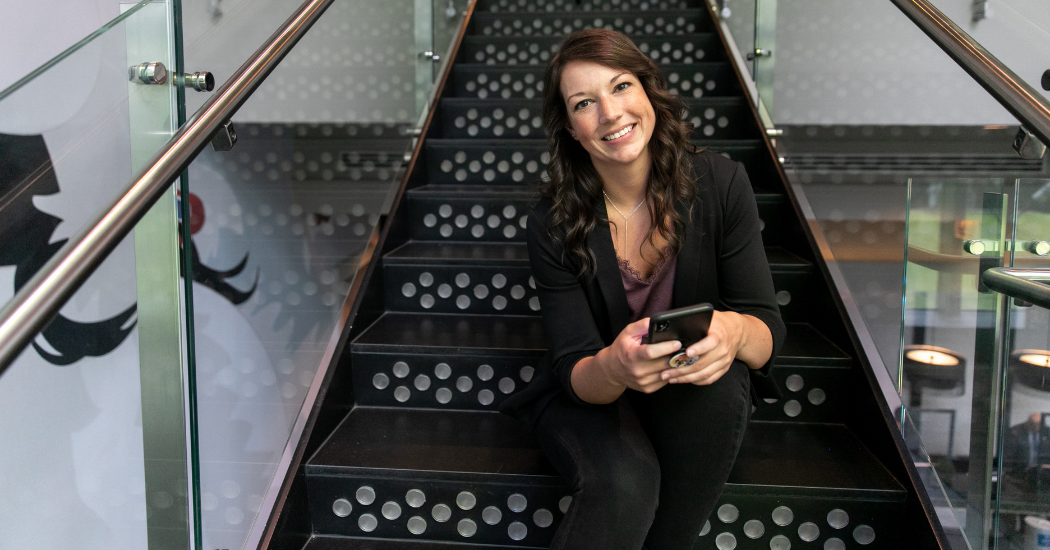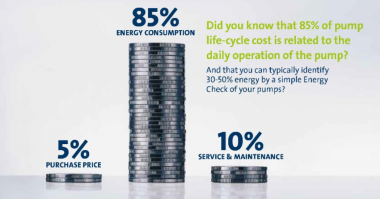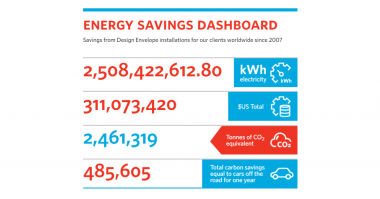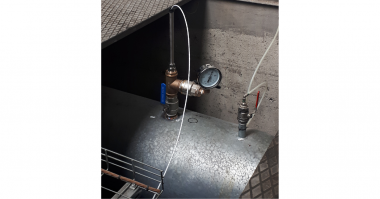As we’re getting ready to head to AHR Expo at the end of the month, my mind is all things HVACR! Every industry should be looking to find ways to be more energy-efficient and sustainable and it’s something that is very important to myself and our company – but what does that mean for the building industry?
When it comes to building decarbonization, it’s about the process of reducing the carbon (or the CO2 equivalent) that’s attributable to buildings. Sounds simple but this involves many different factors such as the building design, its construction, its operation, and then also how it’s occupied.
With so many working parts, why do we need to strive for building decarbonization? “The buildings and buildings construction sectors combined are responsible for over one-third of global final energy consumption and nearly 40% of total direct and indirect CO2 emissions.” That’s why! Thankfully, we have many experts in our industry and in Governments around the world that are actively trying to find ways to curb the emissions that we’re emitting and build more sustainable infrastructure.
Last year we hosted a Sustainable Infrastructure Summit and H.J. Dewes from ABB talked about circularity across the supply chain for manufacturers. He talked about the need to re-think the supply chain and how it’s going to feed your business, how it’s going to feed your customers, how it’s going to feed the world, and how do you get that back?
Just like the different factors that go into building decarbonization, how can we be looking at it from that circularity viewpoint? How can we be planning systems with everyone in mind, from the design engineers to the contractors to the building owners to the operations/maintenance people to the occupants?
In the buildings sector we have a lot of excess waste from job sites, technology advancements garnering old systems obsolete, increasing demands for electricity with an already stressed electrical grid, among many other challenges. But we also have a global issue around carbon emissions and upcoming generations that are becoming much more aware of the environment around us, the ways we are contributing to climate change, and looking for solutions to integrate sustainability into our daily lives.
If there’s something we have all learned (or been reminded of) as a society over these last two years, it’s that human beings are resilient. Resiliency is the capacity to recover. Even though it’s not a quick fix, climate change, building decarbonization, sustainability – we are all a part of this and can all make an impact.
ASHRAE (American Society of Heating, Refrigerating and Air-Conditioning Engineers) has the vision, “a healthy and sustainable built environment for all” and they are doing their part to live and breathe this. They have been educating people about the new energy future and have also created a task force for Building Decarbonization. They acknowledge that the United States is way behind the rest of the world when it comes to this and they are actively working to lead change and help move us closer to where we need to be.
There’s no one solution but if we’re all working together with the common goal to reduce the nearly 40% of global emissions that the buildings and building construction sector currently makes up, I believe that we can effect change. And that starts with us and the HVACR community actively working towards building decarbonization!





Comments